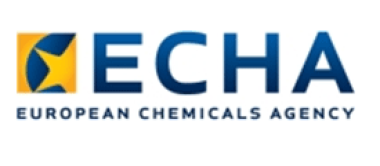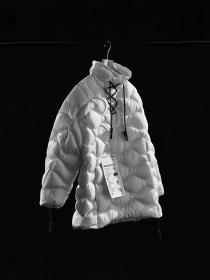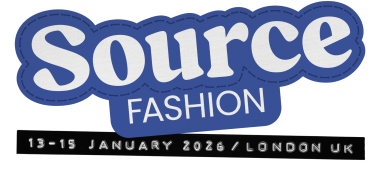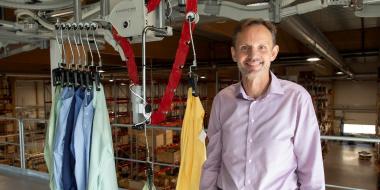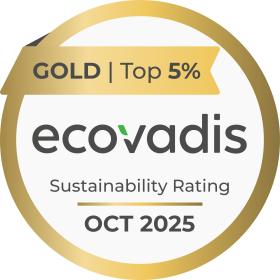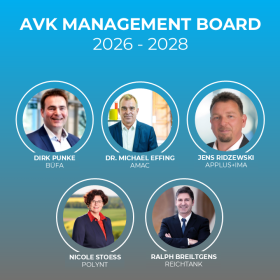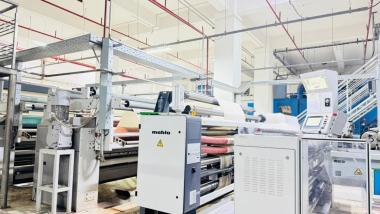B&B Italia opens new monobrand store in Jakarta
B&B Italia Group, in collaboration with Laflo, opens a new design destination located in the heart of Jakarta’s business district.
The setting is a unique villa, which connects indoor living space with extensive outdoor environment through glasshouse and ceiling to floor windows. The store is curated to tell a story of innovation, timeless style and quality, inviting clients to step into an Italian design world where every detail is crafted to inspire.
The space unfolds through a series of seamless ambiances, each crafted to reflect different moods and lifestyles. Visitors are invited to embark on a pleasant journey, discovering products that resonate with their personal style and design DNA.
With a net display area of 1,200 square meters, this monobrand store is the largest B&B Italia showroom in the Asia Pacific region, an important result for Indonesia and a testament to the country’s growing appreciation for design excellence.
The monobrand store features a wide selection of the latest collections from the B&B Italia, B&B Italia Outdoor, Maxalto and Azucena.
B&B Italia Group




